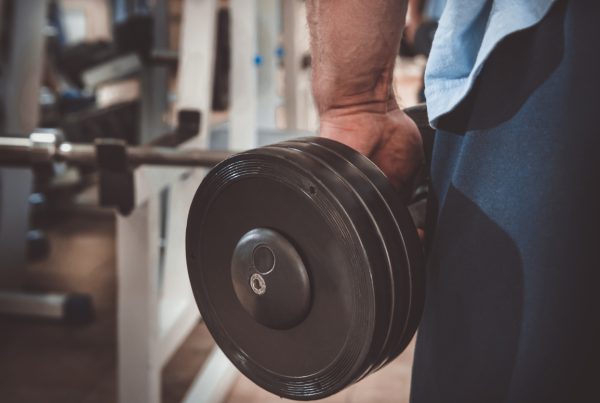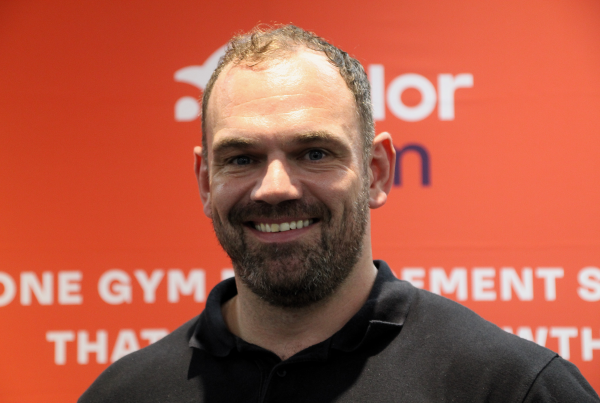By Luke Holland, Senior Communications Executive, ukactive
British high streets are in what has been described as a “fight for their lives”. Online shopping, lack of investment and changing consumer behaviours have combined to dramatically reduce footfall in high streets by as much as 4% in the past year alone. The fall has been so sharp that many have begun to talk of the demise of the high street altogether.
But does the changing landscape of city centres represent an opportunity for the physical activity sector? High-street ‘Tsar’ Mary Portas thinks so. Speaking at a property conference in October she predicted that health and wellbeing could be the trend that saves the high street. And in the past there have been calls for changes to business categorisation, which have the potential to unlock our sector’s integral role in the rebirth of the high street.
So, what are the opportunities for the fitness sector?
Partnering with retail
Retailers are scrambling to find new ways to attract and retain regular visitors to their stores. And the shift in customer spending patterns from ‘things’ to ‘experiences’ has not gone unnoticed. The fitness side of leisure activities is at the forefront of retailers’ ideas for new customer experiences, demonstrated by Debenhams’ launch of in-store gyms. And it’s not just individual retailers. Increasingly, shopping centres and retail parks across the UK and US are recognising the attraction of fitness studios, which draw strong footfall.
Converting old retail spaces
If a partnership with retailers is out of the question, then how about replacing their spot on the high street map? The Gym Group recently made headlines by declaring its plans to take over a raft of Toys ‘R’ Us stores across the country, converting them into the gyms. As high street retail continues to struggle, there are real opportunities for gyms and fitness studios to occupy spaces in desirable city centre locations at favourable prices.
Iconic locations
While fitness has boomed in cities across the UK, gyms and studios have often been pushed underground, quite literally. Yet the vacation of retail spaces, pubs and even churches offer trendy locations for new fitness facilities, such as this Virgin Active gym built into a Repton Park church. These vacant spaces offer truly iconic backdrops for which fitness operators can make their mark.
The bigger picture
The decline in the high-street has been high on the priority list for political figures from across the spectrum, with Labour unveiling a five-point plan to revitalise high-streets, and Chancellor Phillip Hammond introducing £650m in funding for high streets in November’s budget. And there is an increasing recognition of the potential of fitness to help stem the decline – with High Streets Minister Jake Berry arguing that “empty shops should be transformed into community centres or leisure facilities to help existing retail businesses survive”.
But the potential of our sector goes far beyond simply reviving high-streets. The impacts could be much more far-reaching for society – where fitness and leisure could step in to help provide hubs for health, education and social cohesion in the centre of the community, bringing people together in health and fitness settings. The political aspirations are there. Mr Berry himself argues that “town centres should be radically redesigned”. The challenge for our sector is to learn the recent lessons of retail and ensure we fit into future plans for innovative, joined-up and progressive communities.
If you are interested in learning more about ukactive’s policy work in this area, please email publicaffairs@ukactive.org.uk

More People More Active More Often




